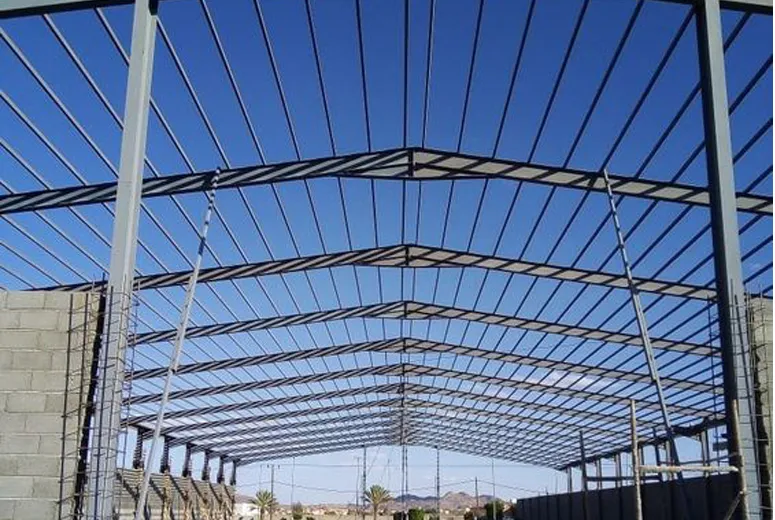- Afrikaans
- Albanian
- Amharic
- Arabic
- Armenian
- Azerbaijani
- Basque
- Belarusian
- Bengali
- Bosnian
- Bulgarian
- Catalan
- Cebuano
- Corsican
- Croatian
- Czech
- Danish
- Dutch
- English
- Esperanto
- Estonian
- Finnish
- French
- Frisian
- Galician
- Georgian
- German
- Greek
- Gujarati
- Haitian Creole
- hausa
- hawaiian
- Hebrew
- Hindi
- Miao
- Hungarian
- Icelandic
- igbo
- Indonesian
- irish
- Italian
- Japanese
- Javanese
- Kannada
- kazakh
- Khmer
- Rwandese
- Korean
- Kurdish
- Kyrgyz
- Lao
- Latin
- Latvian
- Lithuanian
- Luxembourgish
- Macedonian
- Malgashi
- Malay
- Malayalam
- Maltese
- Maori
- Marathi
- Mongolian
- Myanmar
- Nepali
- Norwegian
- Norwegian
- Occitan
- Pashto
- Persian
- Polish
- Portuguese
- Punjabi
- Romanian
- Russian
- Samoan
- Scottish Gaelic
- Serbian
- Sesotho
- Shona
- Sindhi
- Sinhala
- Slovak
- Slovenian
- Somali
- Spanish
- Sundanese
- Swahili
- Swedish
- Tagalog
- Tajik
- Tamil
- Tatar
- Telugu
- Thai
- Turkish
- Turkmen
- Ukrainian
- Urdu
- Uighur
- Uzbek
- Vietnamese
- Welsh
- Bantu
- Yiddish
- Yoruba
- Zulu
Nov . 18, 2024 20:28 Back to list
Understanding Skeleton Steel Framing A Modern Construction Technique
Skeleton steel framing has emerged as a revolutionary method in the construction industry, transforming the way buildings are designed and erected. At its core, skeleton steel framing refers to a structural system that utilizes steel columns, beams, and a network of braces to create a framework that supports the entire structure. This method is particularly advantageous for high-rise buildings, commercial spaces, and other large-scale projects.
One of the primary benefits of skeleton steel framing is its strength-to-weight ratio. Steel is an incredibly strong material, allowing architects and engineers to create taller structures without adding excessive weight. This capability enables the construction of skyscrapers, which would be nearly impossible with traditional materials such as wood or concrete alone. Steel's inherent strength also ensures that the buildings can withstand various forces, including wind, earthquakes, and other environmental factors, thus improving overall safety and durability.
Another significant advantage of this construction technique is flexibility in design
. The open framework provided by skeleton steel framing allows for large, unobstructed interior spaces, making it easier to create diverse layouts and configurations. This adaptability is particularly valuable in commercial real estate, where businesses may require different floor plans and configurations over time. The ease with which these spaces can be modified not only enhances their usability but also increases the building's lifespan and relevance in a changing market.skeleton steel framing

Moreover, skeleton steel framing can significantly expedite the construction timeline. Unlike traditional methods that may require extensive formwork and curing times, steel elements can be fabricated offsite and quickly assembled on-site. This efficiency can lead to reduced labor costs and shorten the overall project duration, bringing buildings to market faster. As a result, developers can respond promptly to market demands and capitalize on opportunities more swiftly.
Environmental sustainability is another important consideration in modern construction practices, and skeleton steel framing aligns well with this goal. Steel is a recyclable material, and elements can often be reused in new construction projects. Additionally, the efficient use of materials helps minimize waste, contributing to more sustainable building practices. As the industry increasingly shifts towards eco-friendly solutions, skeleton steel framing presents an attractive option for reducing a building's carbon footprint.
However, despite its numerous advantages, it is vital to consider the potential challenges associated with skeleton steel framing. Proper planning and engineering are crucial to ensure that the framework can adequately bear loads and resist various stresses. Additionally, builders must address issues such as thermal conductivity and fire resistance, as steel can be prone to heat and thermal expansion.
In conclusion, skeleton steel framing represents a significant advancement in construction technology. Its strength, design flexibility, rapid construction capabilities, and environmental benefits make it a preferred choice for modern buildings. As the industry continues to evolve, skeleton steel framing will undoubtedly play a vital role in shaping the skylines of the future while meeting the increasing demands for sustainable and efficient construction practices.
-
How Do Prefabricated Steel Structures Transform Modern Construction?
NewsJul.14,2025
-
How Do Prefabricated Metal Buildings Redefine Modern Construction?
NewsJul.14,2025
-
How Do Prefab Insulated Metal Buildings and Steel Structures Revolutionize Modern Construction?
NewsJul.14,2025
-
How Do Pre - Engineered Steel Structures Redefine Modern Construction?
NewsJul.14,2025
-
Advancing Modular Construction with Prefabricated Metal Structures
NewsJul.14,2025
-
Advancing Industrial Infrastructure with Prefabricated Steel Solutions
NewsJul.14,2025
Products categories
Our Latest News
We have a professional design team and an excellent production and construction team.












